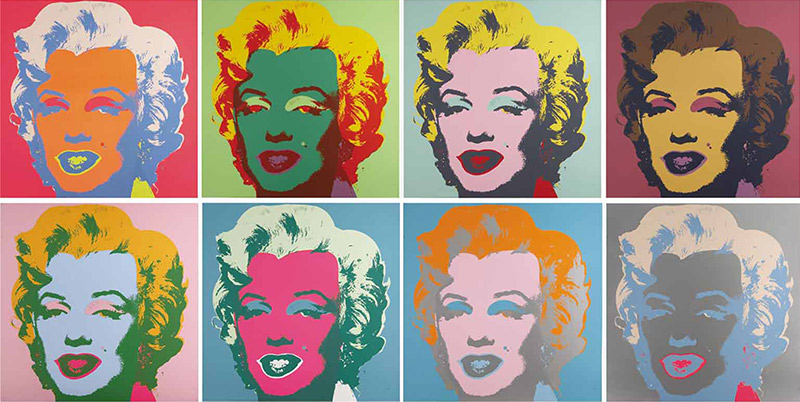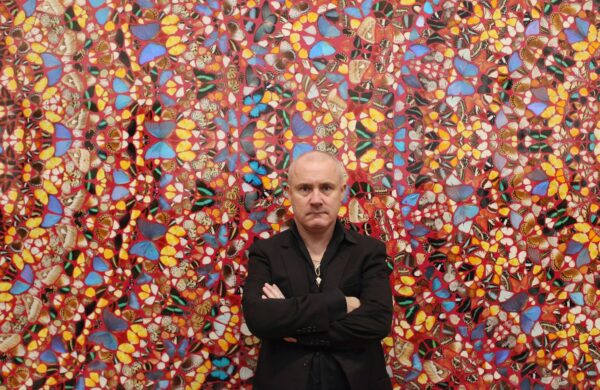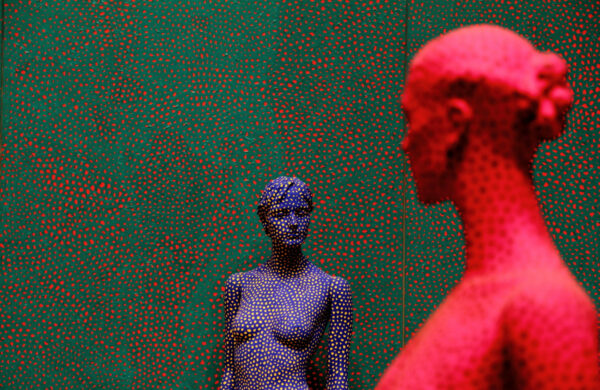Making money as an artist is not easy. Before being able to sell anything any artist needs to work on building up a name in order to sell something. One of the best ways to attract more customers is by selling prints. Wonder why? Prints are cheaper that an artwork. For example, I may love Francis Bacon but cannot afford his paintings, while I can afford his prints. So, prints, open up a whole other level of the artist’s market. Therefore, artists make prints for a variety of reasons.
So, is buying prints worth it? It depends.
A standout print by Picasso can sell for $5 million at auction, while a lesser-known work by the same artist can go for as little as $500. What makes one print more expensive than another? From elaborate techniques to missing signatures, there are many factors that can boost or lower the price of a print.
How do artists make prints of their works?
There are many different types of prints, and the process is constantly evolving. Therefore, the four best-known techniques are etching, lithography, screenprint and woodcut.
Etching
Using an etching needle, an artist scratches an image onto a metal plate covered with wax. Then the artist submerges the plate in acid, exposing the scratched lines. Then he cleans, ink, and cleans again the plate leaving only the incised lines filled with ink. Dampened paper and a protective cloth are placed over the plate, which is squeezed through an etching press. The pressure forces the paper into the etched lines to pick up the ink. The image is printed in reverse, and an indentation, known as the ‘plate mark’, is left by the plate’s edges.
Etching became popular to achieve extremely delicate black and white images, from the Old Master period through to modern times. Rembrandt famously used this technique to achieve atmospheric effects, and Lucian Freud continued the tradition into the 21st century.
Lithography
The artist draws onto stone using a grease-based medium — normally special lithographic crayons, or greasy ink. The artist then treats a stone with a chemical solution that ensures the image will attract printing ink, and that blank areas repel ink and attract water. The image is then “fix” with a solvent. Finally, the artist places the stone on a lithographic press and covers it with damp paper and board. The image is printed in reverse, with separate stones used for complex images of multiple colours.
Pablo Picasso, Joan Miro and David Hockney made lithography popular .
Screenprint

An artist cuts an image into a sheet of paper or plastic film, creating a stencil. Then he places the stencil in a frame, which has a layer of fine mesh, forming a ‘screen’. A sheet of paper is placed below the screen. Then the ink is pushed through the stencil from above, using a rubber blade or squeegee. This was a hugely important innovation for Andy Warhol and other members of the Pop generation. They appropriated commercial photographs and popular images in tandem with the technique.
Woodcut
An artist carves an image into the surface of a block of wood —typically with gouges —leaving the printing parts level with the surface while removing the non-printing parts. Then the artist covers the surface with ink by rolling over the surface with an ink-covered roller, leaving ink upon the flat surface but not in the non-printing areas.
Woodcut is the oldest printmaking process. It was of particular interest to the German Expressionists including Ernst Ludwig Kirchner, and it continues to be relevant today — artists such as Donald Judd, Damien Hirst and Helen Frankenthaler have all used it.
How to valuate a print ?
From elaborate techniques to missing signatures, there are many factors that can boost or lower the price of a print. Artists and collectors must always take in account factors as edition, condition and signature.
The Edition

In the beginning of the 20th century, artists began producing their fine art prints in limited editions, so that each individual work would retain its value over time. When editions are small, the individual artworks in the edition are more rare—and, as a result, more expensive.
Prints from large editions (often, 200 or above) are less valuable. These works are classified as “multiples” or “reproductions,” rather than “fine art prints.”
The Condition
The vast majority of prints are works on paper, which makes them prone to water stains, fading, creasing, trimming, and other damages.
It’s rare to find a historic (or secondary market) print in perfect condition. So, before you buy one of these works, you should ask the gallery or auction specialist for a condition report. If the print you want is in poor condition, this doesn’t need to be a deal breaker. Oftentimes, these prints will be available at (or can be negotiated down to) much more affordable prices.
When you’re buying a contemporary print straight from the artist’s studio or print shop, you can expect the work to be sold in perfect condition.
The Signature
Fine art prints, as any artwork are more valuable when they are hand-signed by the artist. (It doesn’t matter much if the signature is located on the front of the print, the back of the print, or on its accompanying Certificate of Authenticity.) Large edition prints might have printed or stamped signatures, and these will be relatively more affordable.
Signing fine art prints only became standard practice in the 20th century—and many historic prints lack their artists’ signatures. In these cases, you should ask the gallery or auction specialist for other signs of authenticity before you make your purchase.
Along with trends in the broader art market, a print’s edition, technique, condition, and signature will determine whether it costs $500, $5 million, or somewhere in between.
Conclusion
Artists make prints for a variety of reasons. They might be attracted to the collaborative nature of the print studio, or the potential for innovation the medium offers. Prints can offer a completely different creative outlet to the artist’s primary working method as can be a new source of income. Different people, different aspirations and wishes, and as we can see there are many reasons why artists do prints.





Comments (03)